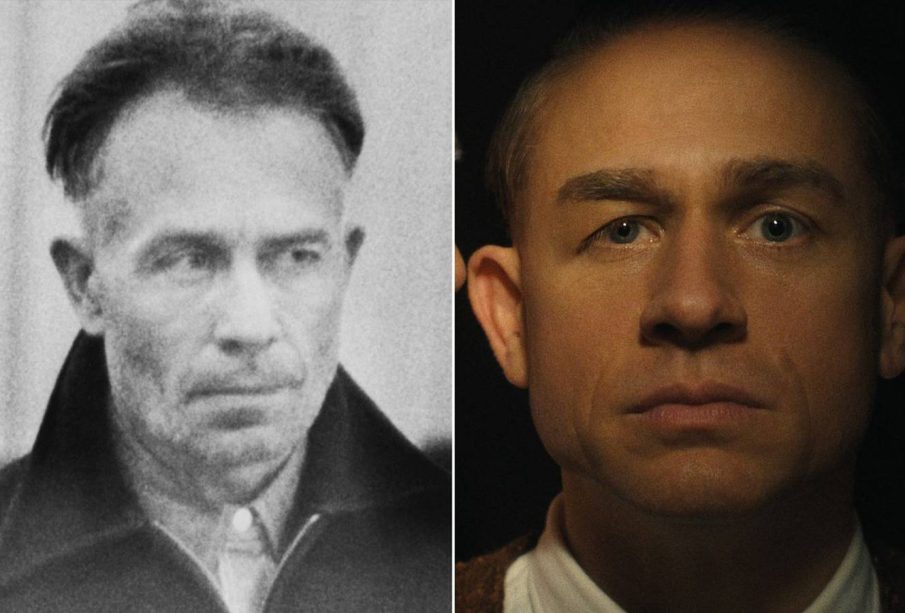Did Ed Gein Help Detectives Catch Ted Bundy?

Introduction: The Intriguing Connection
The world of true crime often presents stories that intertwine in unexpected ways, particularly when discussing notorious criminals like Ed Gein and Ted Bundy. While these two figures operated in different eras and in vastly different contexts, the psychological aspects of their crimes have led some to speculate about their potential influence on law enforcement methods. This discussion is not only relevant to enthusiasts of criminal psychology but also highlights the evolution of criminal profiling techniques developed to catch serial predators.
Ed Gein: The Original ‘Psycho’
Ed Gein, who terrorised Wisconsin in the late 1950s, is perhaps one of the most infamous figures in American criminal history. His gruesome acts of grave robbing and murder inspired numerous horror films and literature, predominantly influencing characters such as Norman Bates in “Psycho” and Leatherface in “The Texas Chainsaw Massacre.” Gein’s case was pivotal for investigators as it opened new avenues for understanding the minds of killers, steering detectives towards more comprehensive psychological profiling.
Ted Bundy: The Charismatic Killer
On the other hand, Ted Bundy, who stalked and murdered young women across the United States during the 1970s, became known for his charm and intelligence. His crimes were marked by a cunning ability to manipulate both victims and law enforcement. The investigation into Bundy’s series of murders faced numerous hurdles due, in part, to his appealing public persona and the often inadequate forensic technology of the time. However, as Bundy’s killing spree continued, law enforcement started to draw on psychological profiling, which had begun to take shape following cases like Gein’s.
The Impact of Ed Gein on Profiling Techniques
While direct evidence linking Ed Gein’s case to the capture of Ted Bundy is sparse, Gein’s horrifying actions influenced crime-fighting techniques. The early forensic psychology introduced post-Gein, which emphasised understanding the psyche of a killer, played a role in how detectives approached Bundy’s case. Investigators began to look at criminals not just as perpetrators, but as individuals shaped by psychological traumas and motivations, learning from Gein’s profile about potential patterns in violent behaviours.
Conclusion: The Legacy of Criminal Profiling
In conclusion, while Ed Gein didn’t directly help in the capture of Ted Bundy, the psychological insights gleaned from Gein’s heinous actions undoubtedly shaped the investigative framework used to ultimately apprehend Bundy and others like him. The evolution of criminal profiling significantly changed law enforcement practices and continues to be an essential tool in solving crimes. Understanding the links between these two figures not only provides a fascinating glimpse into criminal psychology but also emphasises the critical importance of learning from past crimes to prevent future tragedies.









